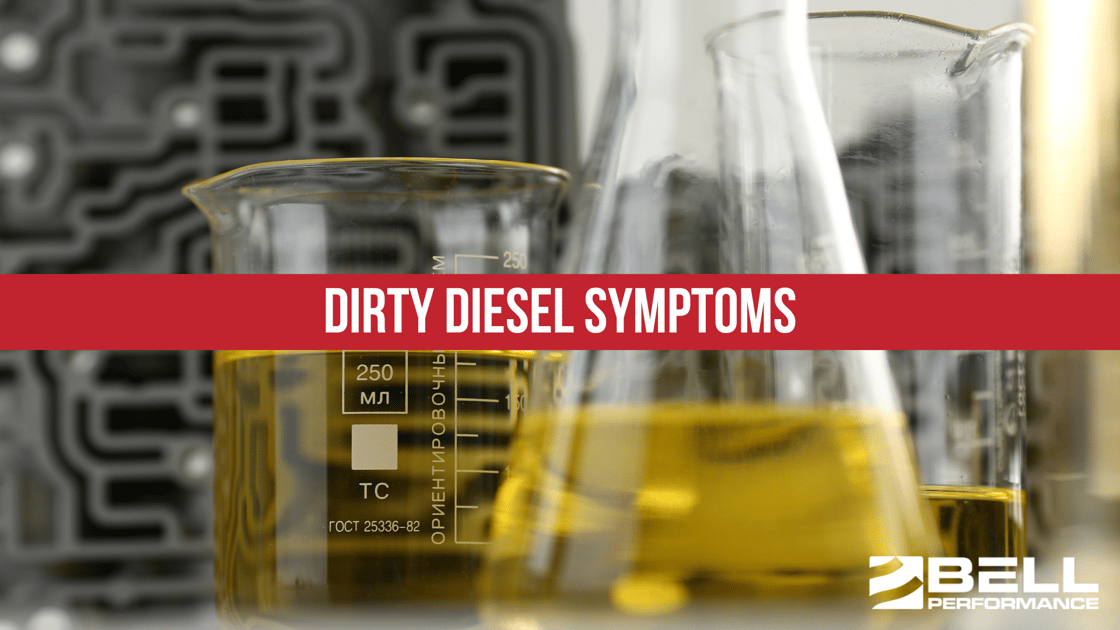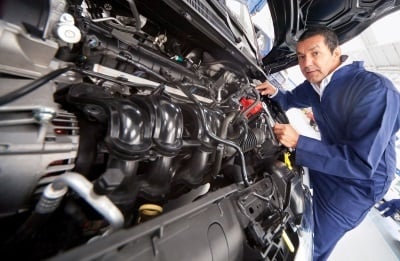Water in Diesel Fuel: 7 Must-Knows For Getting Rid of It
Anyone who works with diesel fuel, stored or otherwise, knows that water comes with the fuel territory. Water in fuel can cause problems all year...

“Dirty diesel” vs. “clean diesel”. You hear about the term “clean diesel” sometimes. What are they talking about? If you don’t think you have “clean diesel”, does that mean you have “dirty diesel”? What are we talking about here?
“Clean diesel” is a catch-all term that describes changes in both engine technology (like common rail diesel design) and changes in diesel fuel (ultra-low sulfur diesel fuel). Both of these changes together combine to give us the modern scenario we have today, where today’s diesel engines are something on the lines of 99% cleaner than they were 20 years ago.
What about “dirty diesel”? Is that just the “absence” of clean diesel? Given how cleaner diesel engines with advanced emissions control systems are the dominant technology in use today, dirty diesel refers just to bad diesel fuel. What do we mean by “bad” diesel fuel? And since nobody aims to buy dirty diesel fuel, how would you know if you had some or had used some?
When it’s fresh, there’s no such thing as “dirty” diesel fuel. When you think of dirty diesel fuel, things come to mind like unstable diesel fuel that’s darkened or full of gums and sludge. Fresh diesel fuel has to meet certain legal specifications for things like water & sediment content. Fresh diesel fuel won’t be "dirty".
On the other hand, there’s lots of old stored diesel fuel out there. Fuel that’s been sitting in storage tanks for undefined periods, being attacked by air and water and microbes, undergoing oxidation reactions, and forming varnishes and sludge. There's more bad stored diesel fuel out there than people think. And nobody looks in their storage tank to check on the condition of their fuel inside. It’s out of sight, out of mind. If you’re in the business long enough or use stored fuel enough times, you’re eventually going to cross paths with dirty diesel fuel.
Using dirty diesel fuel means the varnish and sludge will end up in certain areas of your engine and fuel system. So dirty diesel fuel = injector deposits and clogged filters, among other things. The outward symptoms of this are pretty straightforward. Lower fuel efficiency. Hesitation upon acceleration. Rough idling. Higher levels of certain kinds of emissions, though will be caught by the emissions control system. So the hesitation, idling and reduced fuel mileage would be the signs you’d be most likely to notice.
What to do about dirty diesel fuel once you’ve used it? The easiest thing to do is use a good multifunction diesel additive with detergency. How long it would take to resolve the problem depends on how long you’ve been using dirty diesel fuel. But you should expect some marked improvement by the end of the first or second thankful.
Anyone who works with diesel fuel, stored or otherwise, knows that water comes with the fuel territory. Water in fuel can cause problems all year...

Everyone wants more power for their engine, whether it's a gas or diesel engine. Most of the ways to meaningfully improve diesel power involve...

In the years we’ve written about diesel fuel maintenance, typical topics would include microbial contamination control and prevention and diesel fuel...